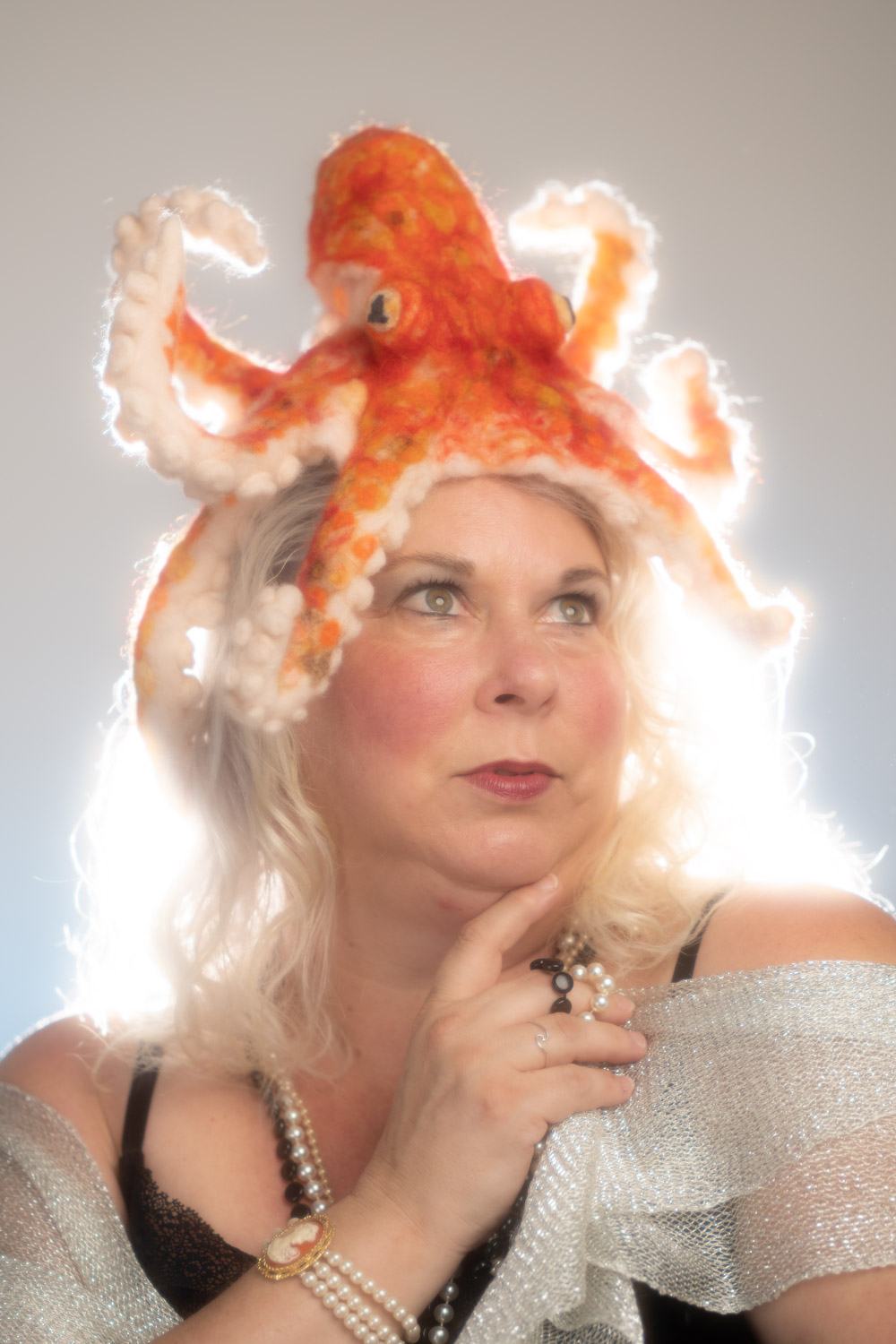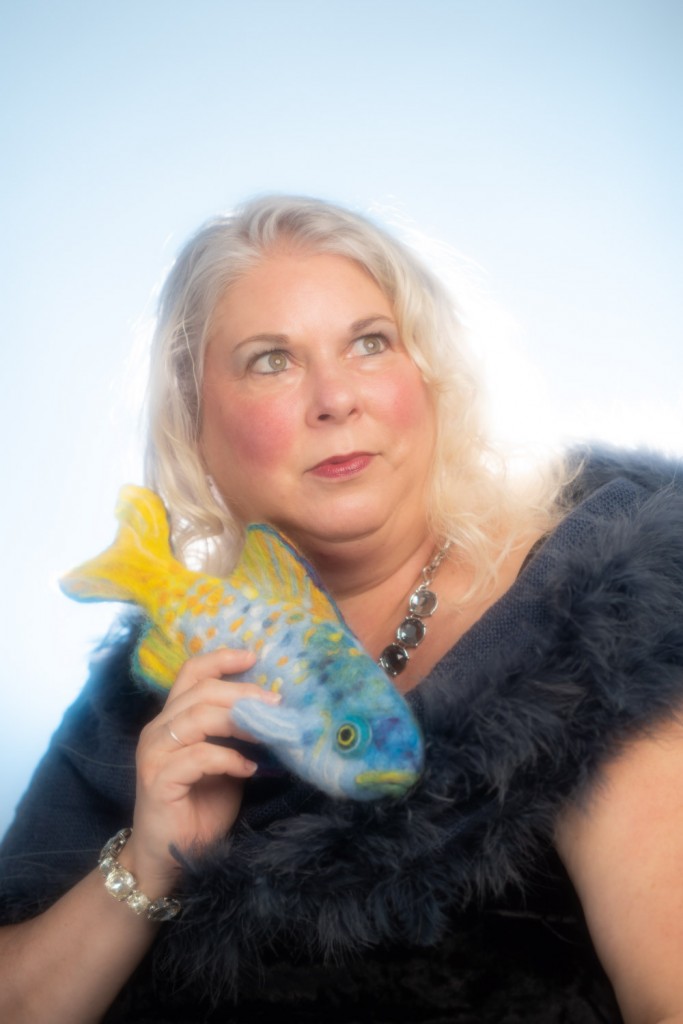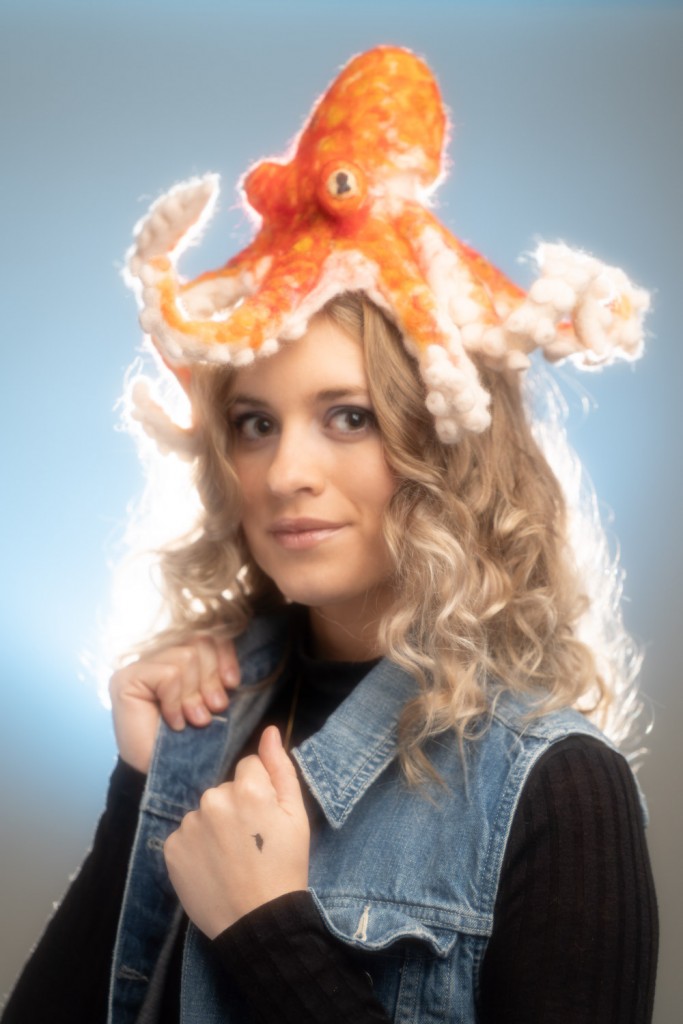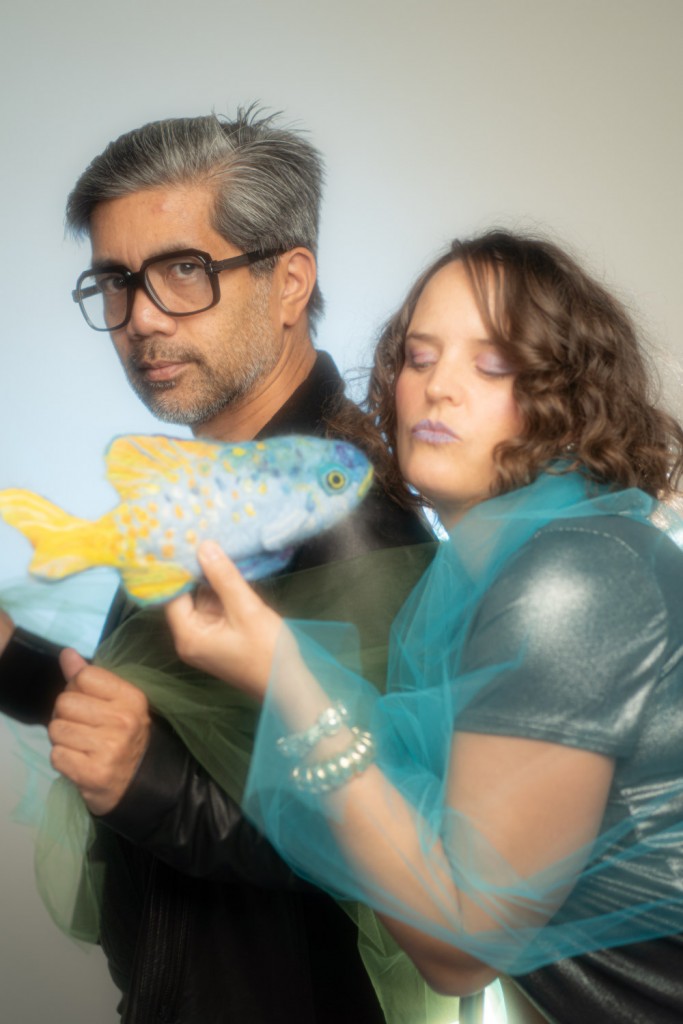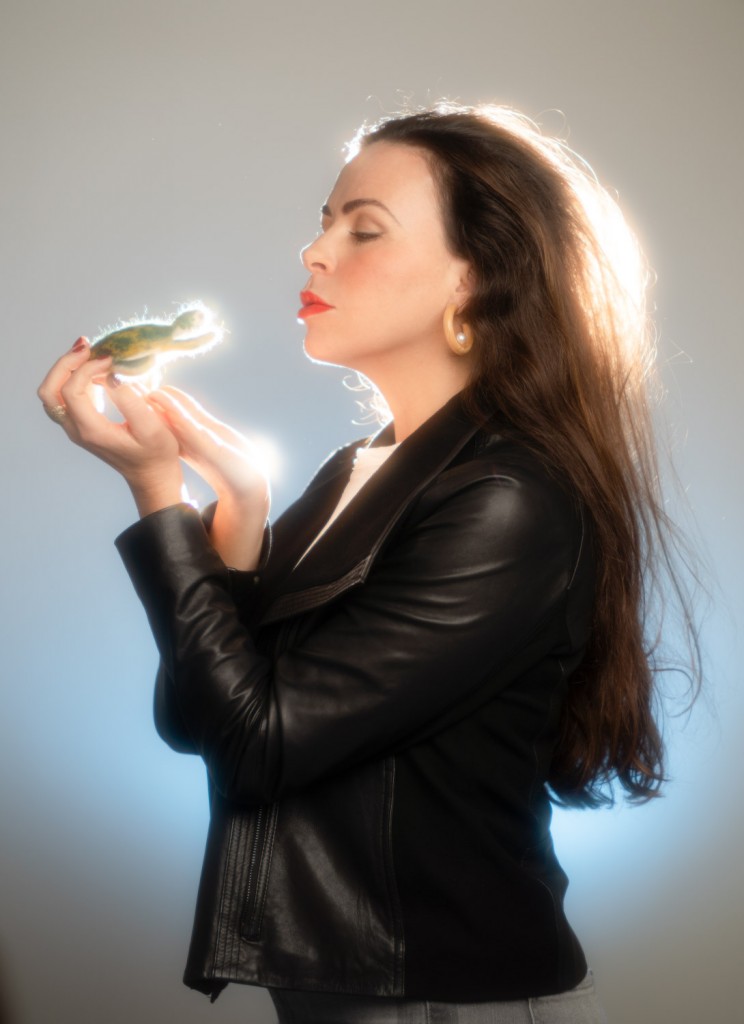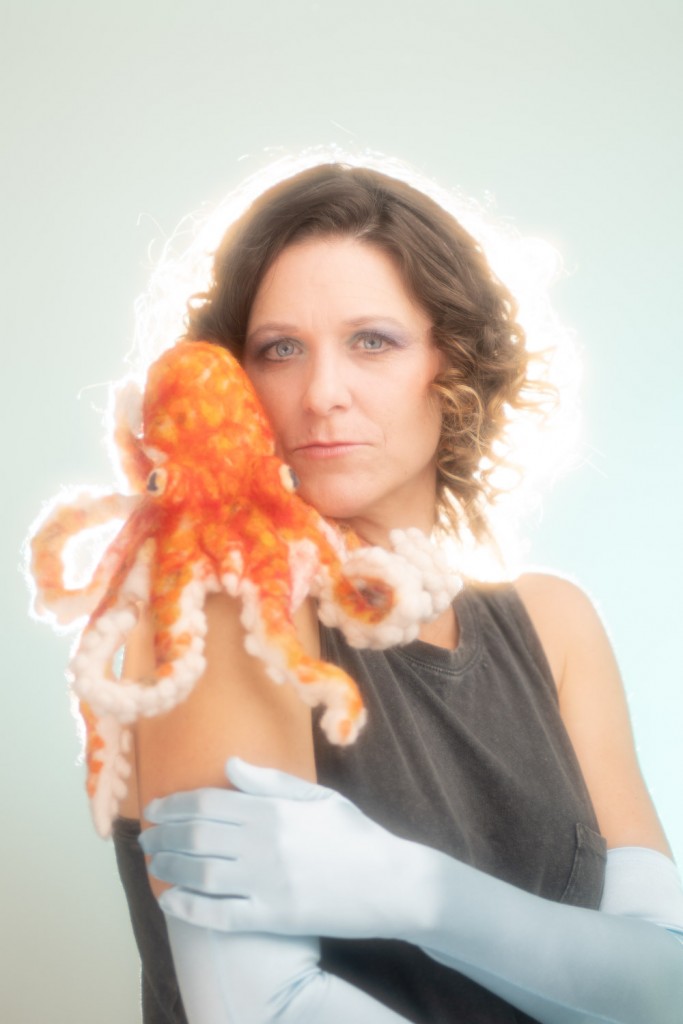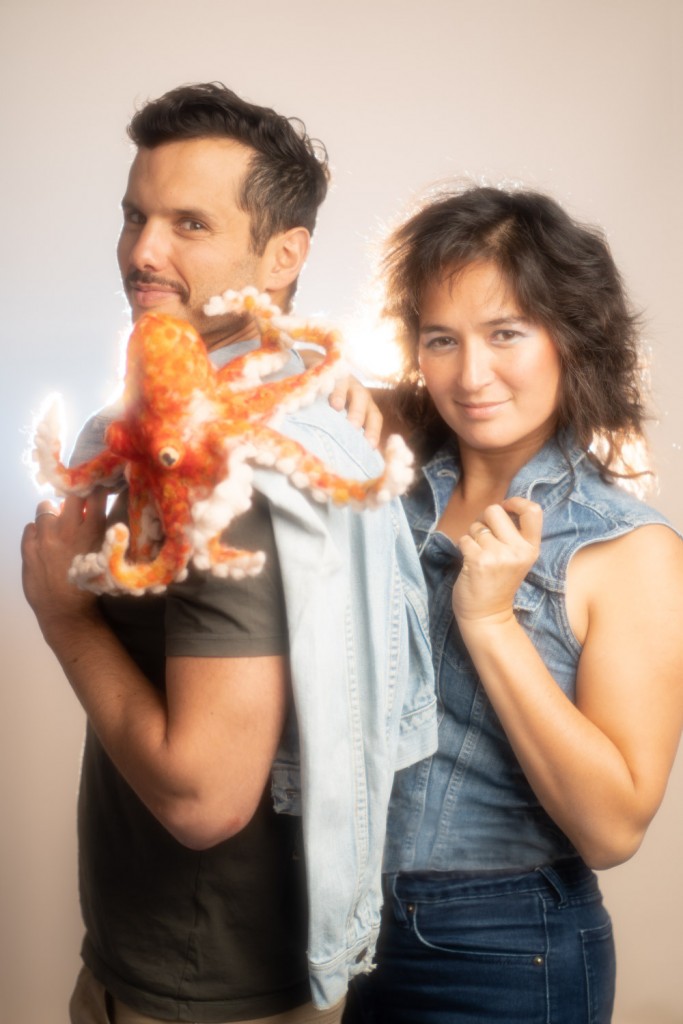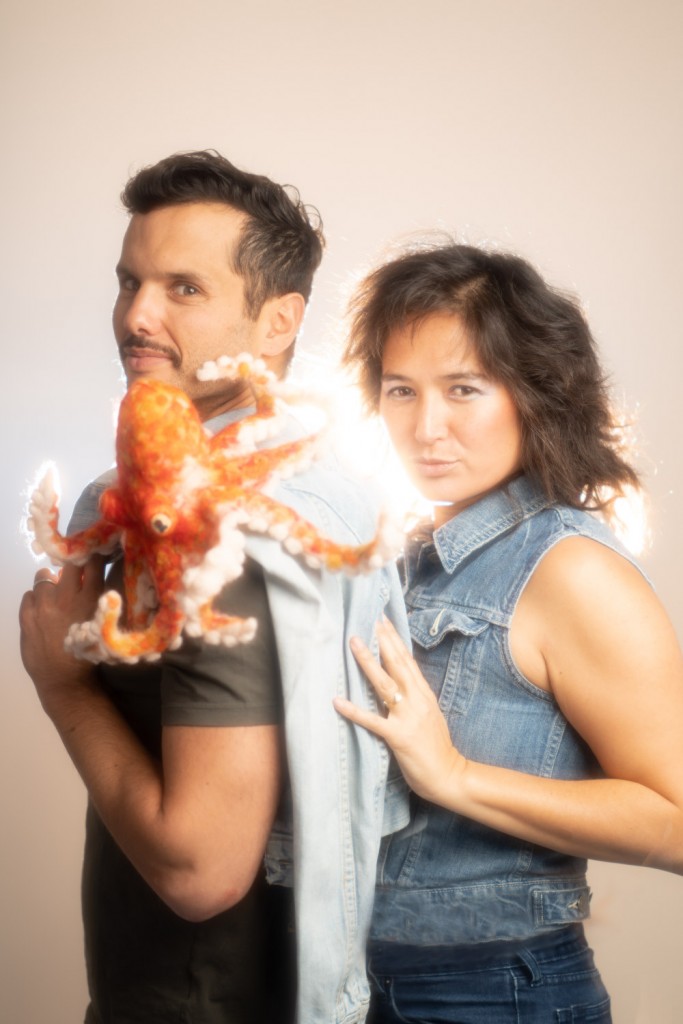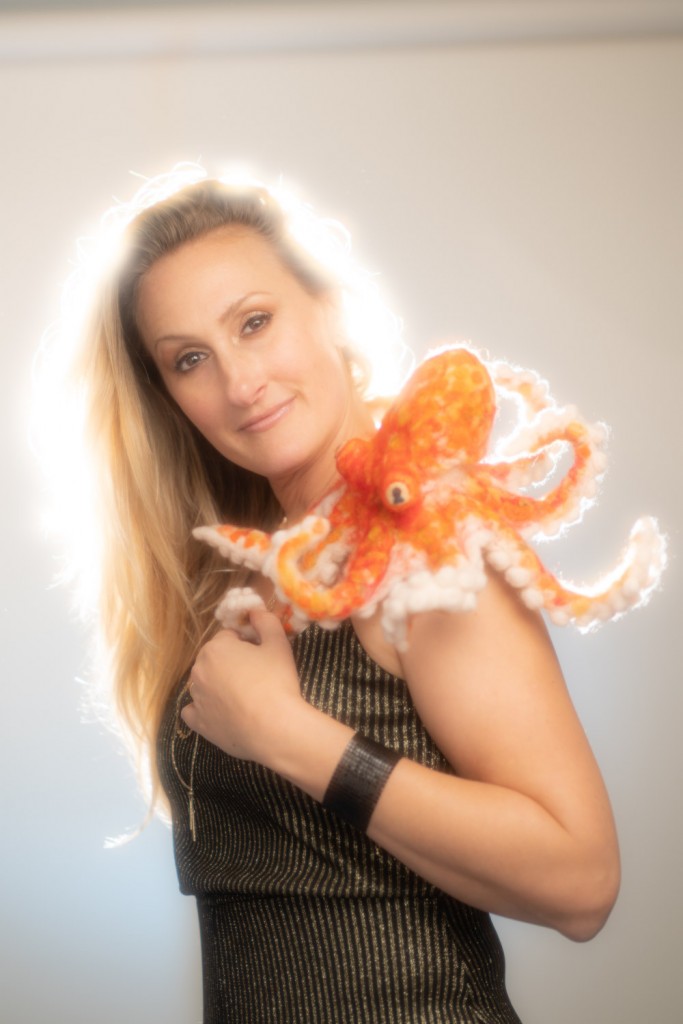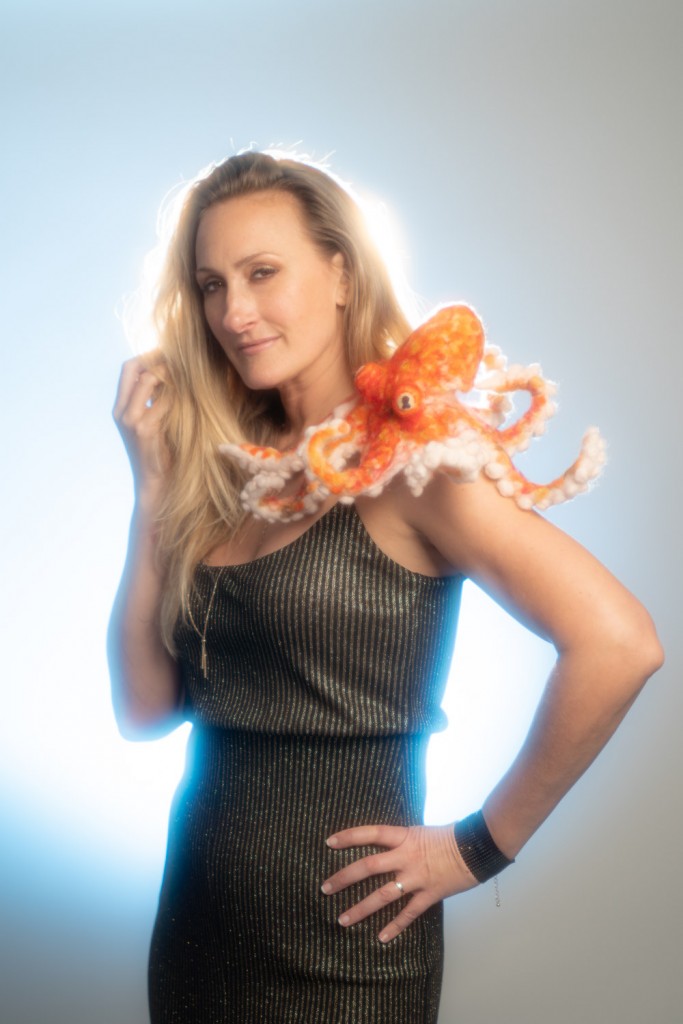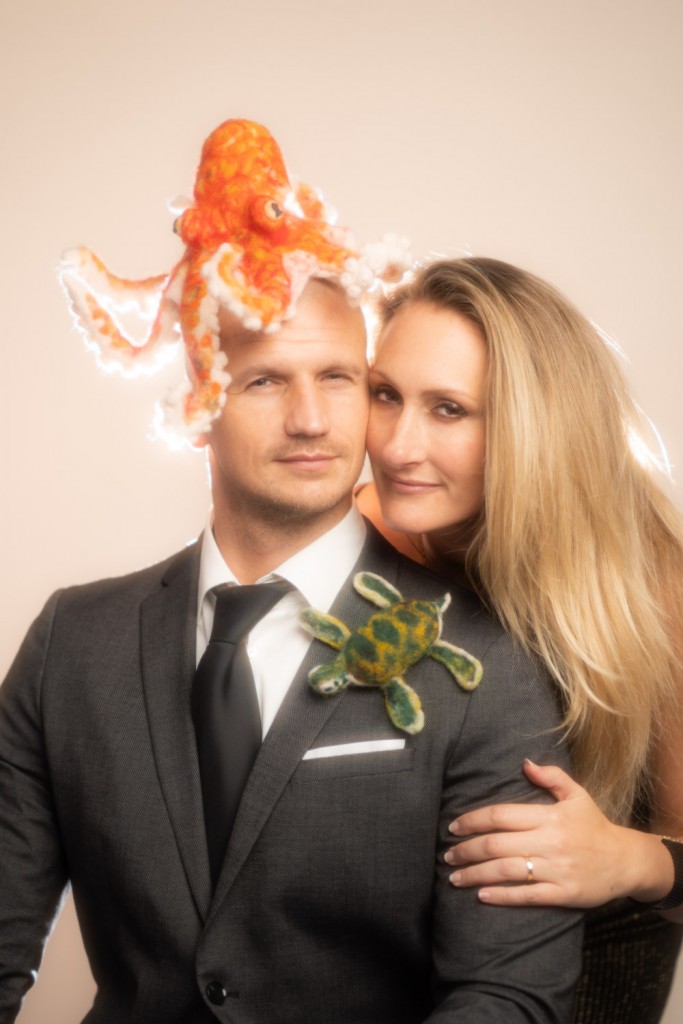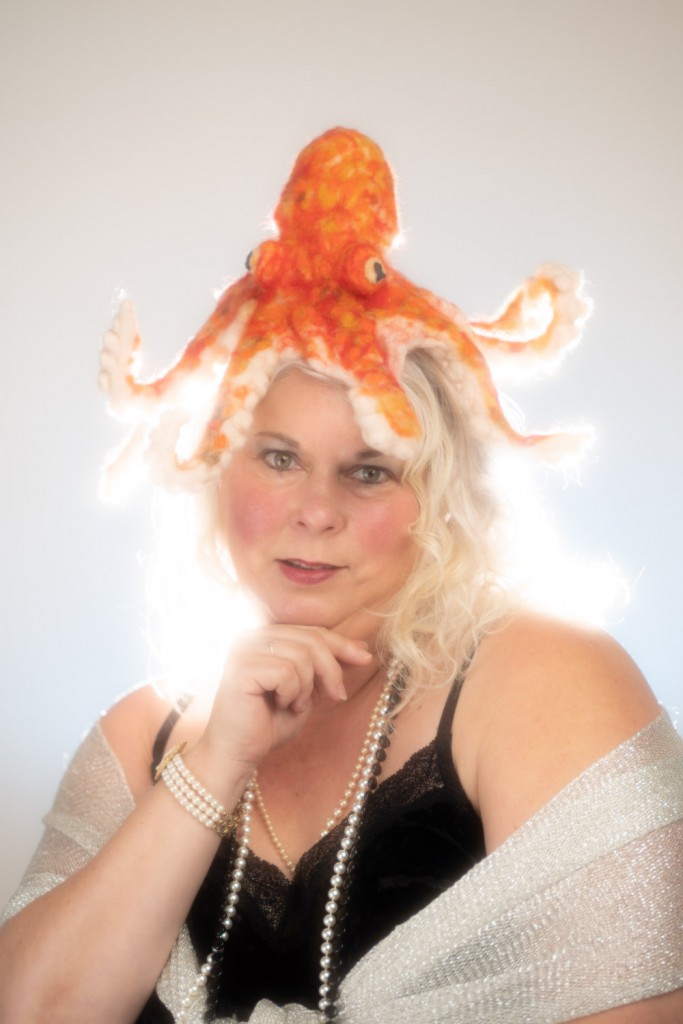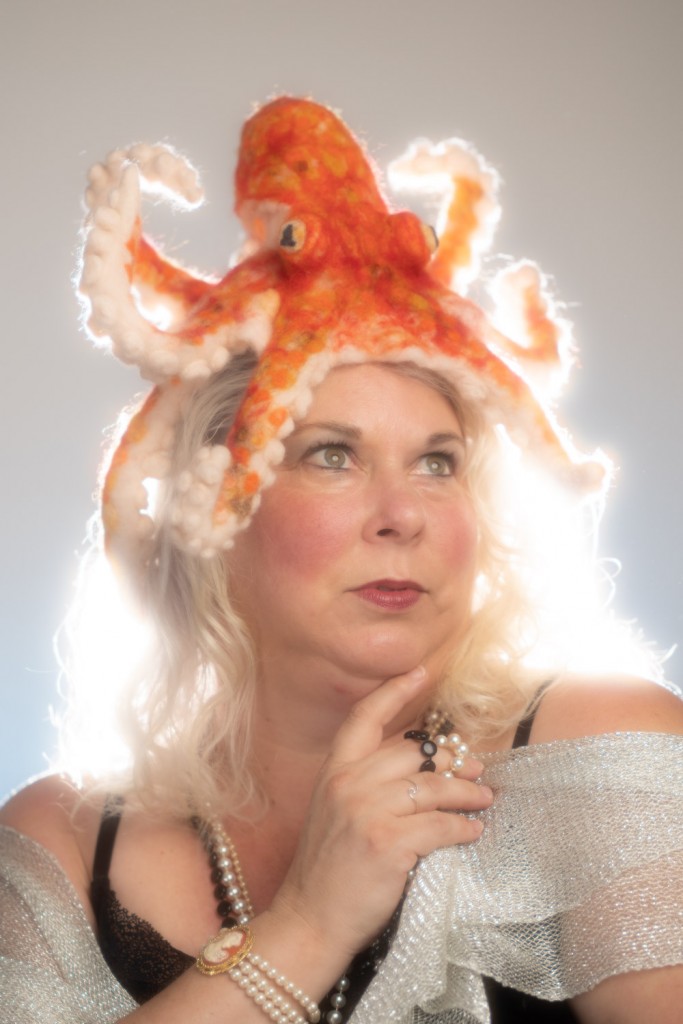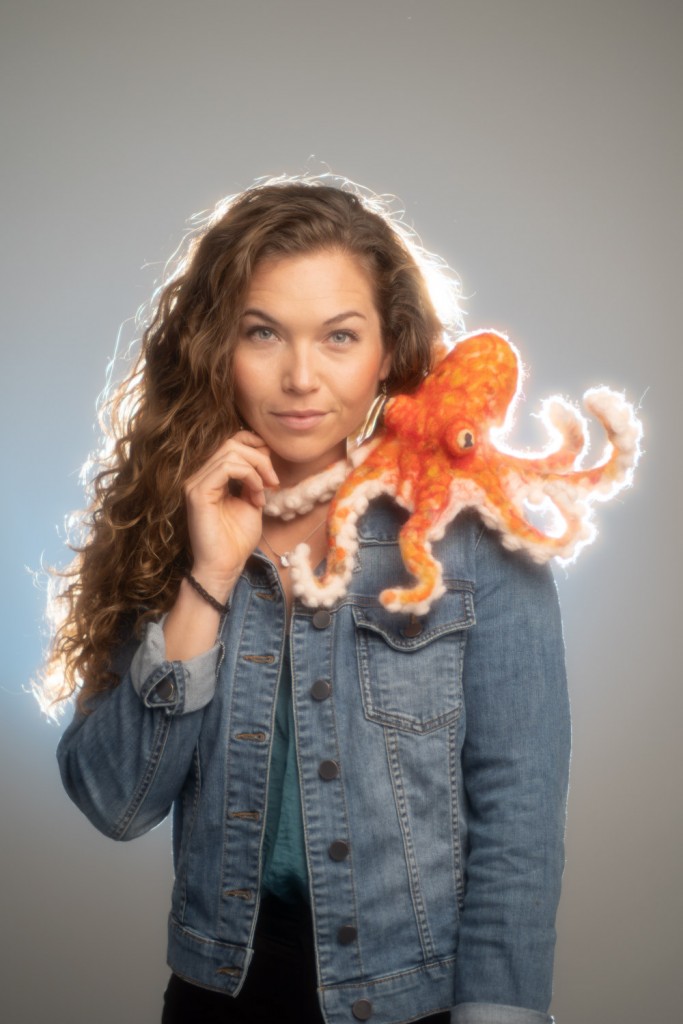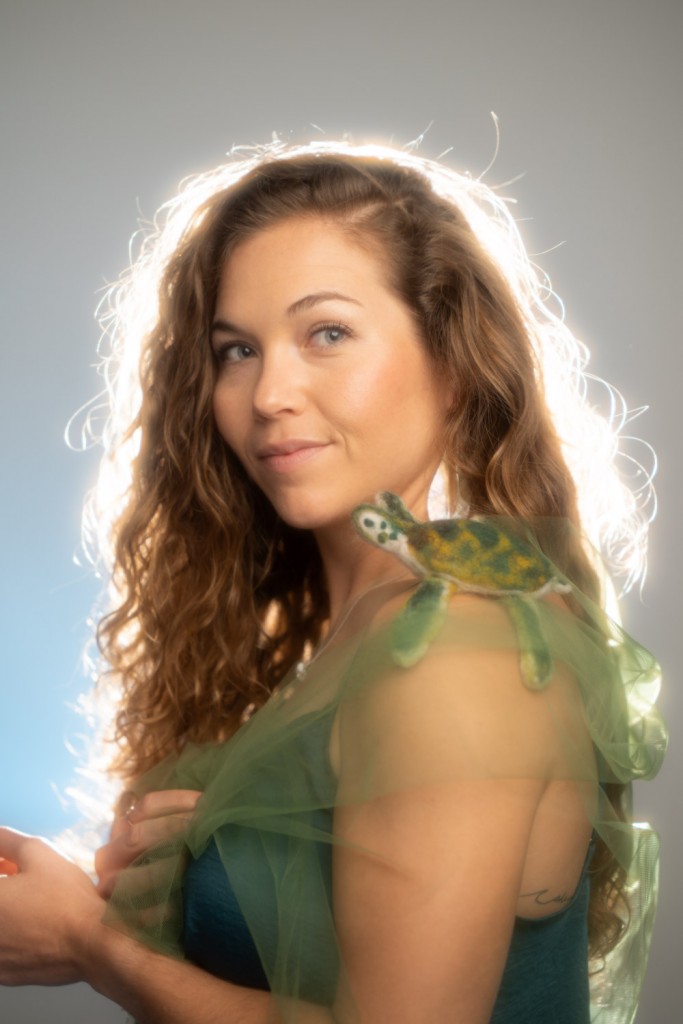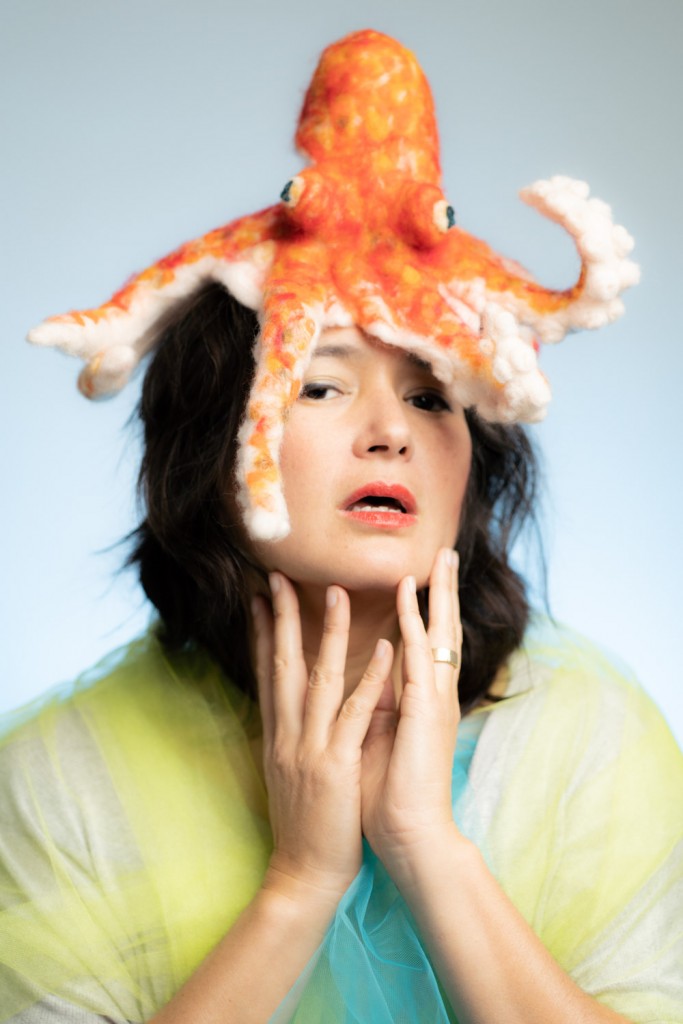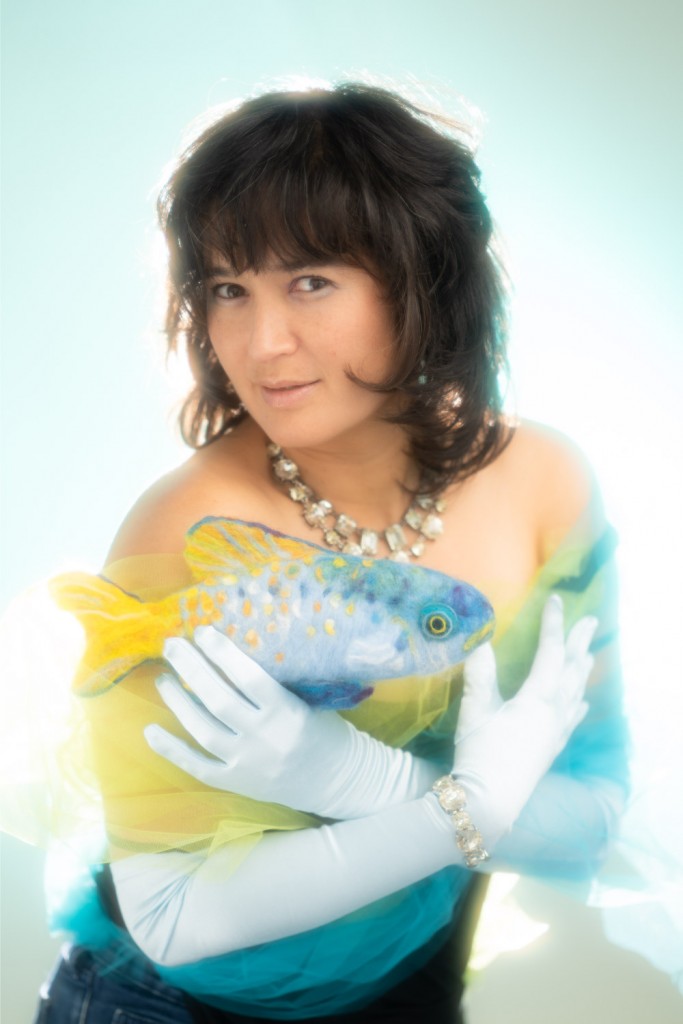Marine Protected Area (MPA) Glam Shots is a project by artist, Jessica Ling Findley, combining retro glamour portraits with sea creatures thriving in Marine Protected Areas (MPA) to highlight successful human actions to help heal our oceans. Get your glam on for the ocean! Sign up to be a model and help spread the word about MPAs! https://bit.ly/38dykjn
Project Origins:
Inspired by the world’s premier Ocean Sciences Meeting in February 2020, Seaport Village and The Port of San Diego have invited artist Jessica Ling Findley to produce a series of art experiences. She will help bring science to life through art at Seaport Village from December 2019 to February 2020. As ocean vitality becomes more critical with changing climate, these works, produced with input and data from scientists at the Scripps Institution of Oceanography and Birch Aquarium, explore how stories of Ocean Optimism can inspire us all to work together for a sustainable future. These immersive experiences invite audiences to think about the future of our oceans in new and creative ways.

Over 3 billion people’s livelihoods depend on marine and coastal biodiversity around the world. Fishery management provides economic benefits of conservation and community engagement with broader marine management. Madagascar has incredible biodiversity, but due to climate change, as well as over exploitation, it’s delicate marine ecosystem is at high risk. Local fisheries engage with the community to practice “no-take” conservation periods which allows the octopus time to become old enough to reproduce and increases the catch for those who depend on it.
Octopus cyanea moves along the seafloor camouflaging itself not only with color but with texture. Although octopuses are normally nocturnal, Octopus cyanea prefers twilight. Yet it is also known as the Day Octopus, because it can be found hunting in cooperation with a roving coral grouper fish who often points out hiding prey when the octopus seeks shelter in the coral. It’s lifespan is about 12-14 months from its planktonic larval state.
Blacksmith are a fish that live above reefs. They make use of the turbulence above the reef to concentrate their food source, plankton. Blacksmith help control the population of many ecologically important species including other predators by eating larval plankton from mollusks (veligers including abalone larvae), crabs, and lobsters. Young blacksmith are very colorful until they reach around 2 inches in length. Upon reaching adulthood they turn blue-black and grow to about 12 inches in length.

The come-back kids! From 1741 and 1911 the fur trade decimated the sea otter population from 300,000 to 2,000. Now that hunting otters is banned internationally, conservation and reintroduction efforts have brought the otter population closer to 200,000. Yet, recent declines due to disease and starvation have kept the otter on the endangered species list.
Otters are also superheroes of the ecosystem because they help maintain kelp forests, the habitat for many other creatures. Kelp forests are endangered by the eating habits of abalone and sea urchins. Sea urchins munch at the base of the kelp plants and destroy large swaths of the forest. Without the voracious appetites of Sea otters for abalone and sea urchins, kelp forests would become depleted.
Otters also protect sea slugs by eating crabs, slug predators. Sea slugs keep the seagrass free of sun blocking agae. Seagrass not only keeps the soil in place and is the home to thousands of marine species but together with phytoplankton and macro-algae they produce more oxygen than all the rainforests combined. Go team!

Who loves a marine protected area? Sea turtles do! Research shows snow birds are not the only ones nesting in Florida. Scientists observed sea turtles spend most of their time breeding and feeding at the protected Dry Tortugas Beach and the protected areas of the Florida Keys. Sea turtles help maintain healthy seagrass beds and coral reefs, the key habitats for marine life. By supporting the balance of the marine food web, sea turtles facilitate nutrient cycling from water to land.
The biggest threat to sea turtles is injury from fisheries and habitat degradation. To protect the sea turtles we need to 1) Reduce sea turtle interactions and mortalities in commercial fisheries, 2) Protect key habitat areas on land and in the water 3) Pass comprehensive legislation that establishes a system to protect and restore sea turtle populations.
Kayla Wilson is a PhD student at the Scripps Institution of Oceanography whose research focuses on drug discovery from San Diego marine sponges. As part of her research, she spends a lot of time scuba diving in southern California, where she has seen first-hand just how quickly the marine ecosystem can be affected by warming waters, pollution, and pathogens. She hopes that by discovering new medicines from the ocean, she can help people realize that the ocean has so many incredible resources to offer humanity.
https://scripps.ucsd.edu/news/scripps-student-spotlight-kayla-wilson
Dr. Roslyn Fraser Schoen is a sociologist who studies development in rural Bangladesh.
“Where I work in rural Bangladesh, everyone talks about climate change because it affects so many aspects of their lives. The most obvious is probably river erosion due to intensified wet-dry cycles and up-river dams. I would love to see people in developed countries think more about how our emissions affect people who survive on the land so we can do better for their children as much as our own.”
https://www.roslynschoen.com
Leo, Theresa, Sophia & Gaby Francisco
Jenessa Goodman
Linden Kempthorne
Marisa and Reya Holmes Troyano
Natalie & Reinhard Michael
Matthew Silverman is a San Diego based attorney who is passionate about the outdoors and environmental issues. He has experienced the warming oceans surfing of Southern California and the destruction caused by hurricane Sandy and other extreme weather patterns on the east coast. He would like to see the US Government shift its priorities to being a leader in the fight against global warming.
Dr. Teresa Love is a tourism educator. She believes that travelers, tourism organizations and government entities need to work together towards meeting the Sustainable Development Goals as outlined by the United Nations, including Climate Action. Specifically, care needs to be taken to lower our carbon footprint and preserve natural attractions so they can be enjoyed by future generations of travelers.
https://www.unwto.org/tourism4sdgs
Sam Clements is a staff scientist at Scripps Institute of Oceanography studying coral reef ecology in the tropics as well as local effects of global warming and ocean acidification in the nearshore environment here at Scripps.
Jessica Ling Findley is an Encinitas based artist and surfer with a focus on social practice and environmental advocacy. She has been connecting with many scientists who are studying the effects of climate change on our marine ecosystems at Scripps Institute of Oceanography and witnessed the degradation of the reefs first hand in Cairns, Australia. She believes we have to look at the scientific facts and take positive action in every industry and sector to sustain the health of our planet and humanity.
Octopus cyanea
https://en.wikipedia.org/wiki/Octopus_cyanea
https://journals.plos.org/plosone/article?id=10.1371/journal.pone.0129075
https://news.mongabay.com/2017/11/fish-vs-forests-madagascars-marine-conservation-boom/
https://cases.open.ubc.ca/octopus-fishery-management-in-madagascar/
https://www.un.org/sustainabledevelopment/oceans/
https://www.youtube.com/watch?v=0nlm-Pp6g64
Green Sea Turtles
https://oceana.org/sites/default/files/reports/Why_Healthy_Oceans_Need_Sea_Turtles.pdf
https://californiampas.org/archives/portfolio-item/threatened-green-sea-turtles-nest-in-protected-areas
Blacksmith Fish
http://friendsoflajollashores.com/marinelife/blacksmith/#
http://www.aquariumofpacific.org/onlinelearningcenter/species/blacksmith
Ed Parnell, Associate Research Oceanographer, Integrative Oceanography Division, Scripps Institution of Oceanography
Pacific Sea Otter
https://www.projectseagrass.org/seagrass
https://www.seaottersavvy.org/ecosystem-superheroes
https://en.wikipedia.org/wiki/Sea_otter
